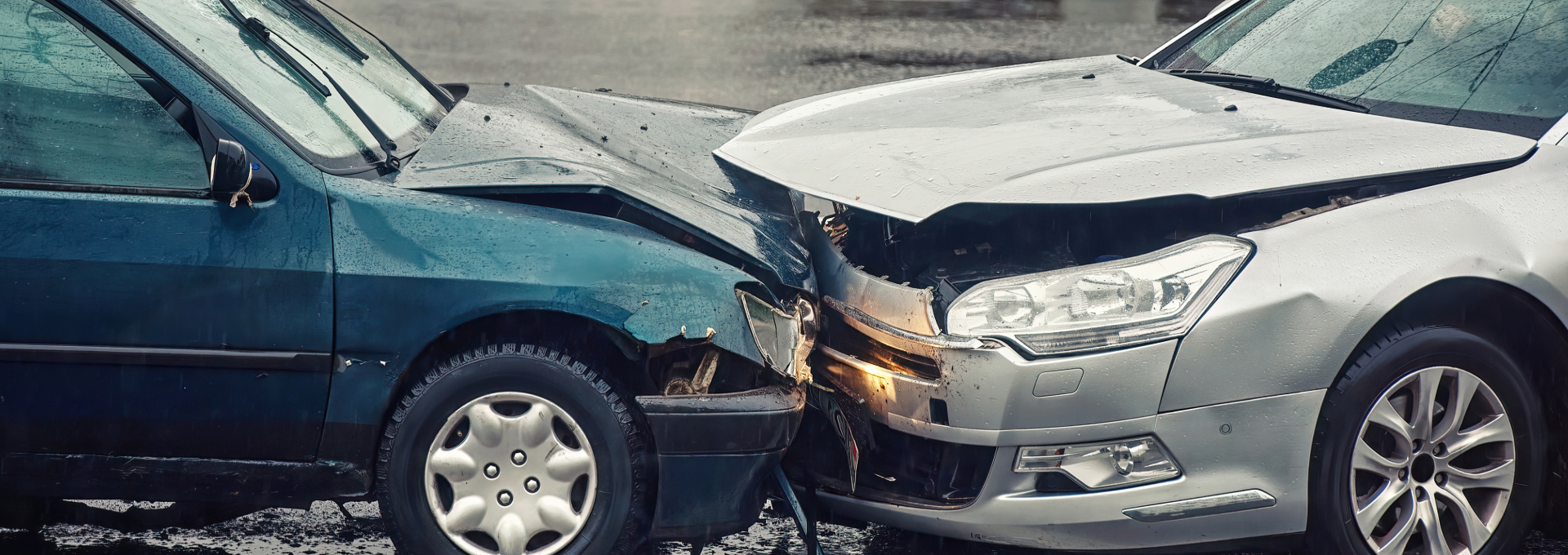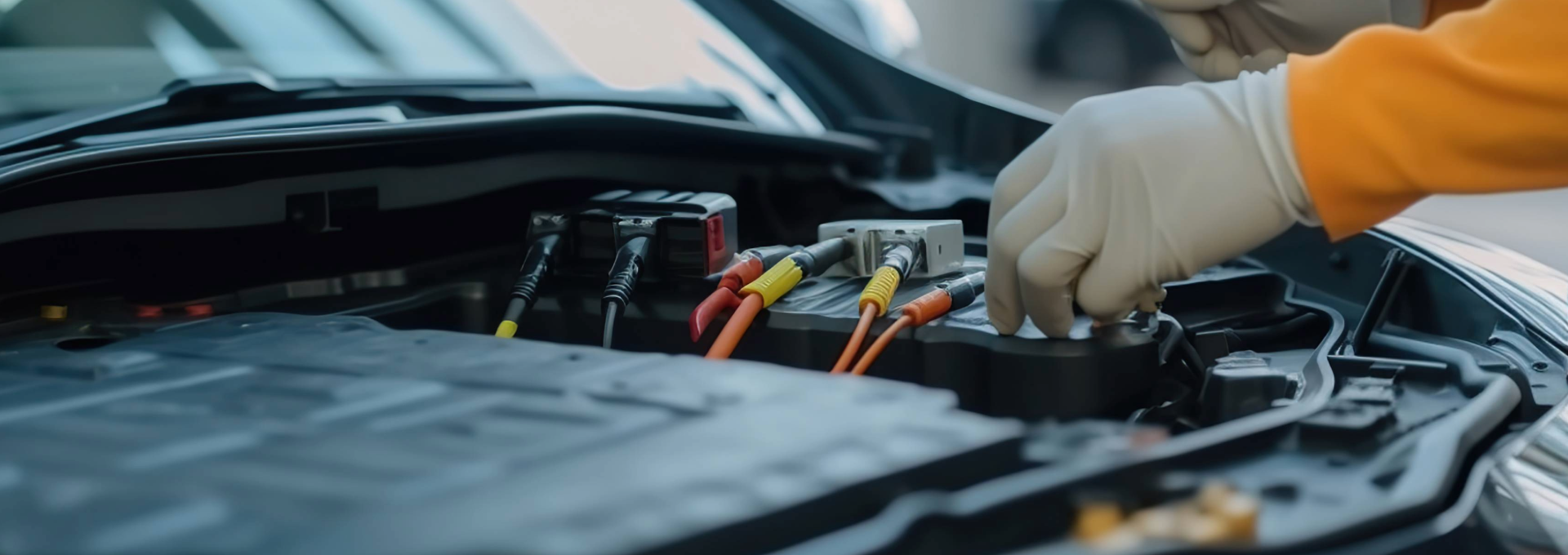In this article, we identify the key aspects surrounding e-scooter trials, shed light on the legal and criminal positions for both trial and private e-scooters, and explore strategies for defending claims involving e-scooter riders.

The emergence of e-scooters as a popular mode of transportation prompted the Government in 2020 to implement trials to assess their viability within the UK transport infrastructure. Despite being nearly three years on from the commencement of these trials we appear no further on towards answering the question “will e-scooters be legalised?” and if they are, what the rules and regulations will look like!
Government Trials: Paving the Way for E-Scooters
Since July 2020, the Department for Transport (DfT) has been conducting rental e-scooter trials across England, aiming to evaluate their impact and feasibility. These trials are currently active in 31 regions and are currently set to conclude in May 2024 having been extended.
Regulations and Technical Requirements
E-scooters used in these trials are classified as motor vehicles, meaning compliance with specific regulations. A valid driving licence is required for operating an e-scooter, and riders must possess a motor vehicle insurance policy, typically provided by the rental operator. Furthermore, a maximum speed limit of 15.5mph is imposed to enhance safety. Technical requirements for the operators include anti-tampering measures, audible warning systems, adequate lighting, and unique identification numbers for tracking purposes.
Legal and Criminal Positions for Trial E-Scooters
Under the Road Traffic Act 1988, e-scooters used in the trials are considered motor vehicles and legal on the roads. They are exempt from typical type approval requirements, e.g. registration and licensing. However, riders must still abide by all normal motoring laws and remain liable to the usual offences and penalties. Riding trial e-scooters on pavements and footpaths is prohibited and an offence. Driving without a correct license can result in fines and penalty points.
Assessing Liability and Contributory Negligence
When defending claims brought against the trial e-scooter riders including claims for property damage or personal injury to others caused by the trial e-scooter, it is crucial to consider any indemnity issues, such as determining who hired the scooter and did they comply with the appropriate requirements to hire. Thorough investigations into the circumstances of the claim are necessary to assess liability and contributory negligence, especially in negligence claims.
In the defence of claims made by trial e-scooter riders involving collisions with other vehicles, you should investigate the circumstances of the accident and liability for the accident. Consider whether the rider was wearing a helmet, the injuries sustained and whether the wearing of a helmet would have avoided the injuries. With recent DfT stats demonstrating that there was a much higher proportion of e-scooter casualties that suffered the most serious injuries to the head (35%) compared with pedal cyclists (19.2%) all contributory negligence arguments should be considered.
The hierarchy of road users outlined in the Highway Code will play a role with e-scooter riders almost certainly being categorised as a vulnerable road user akin with a cyclist.
Claims against councils or local authorities arising from potholes require a careful evaluation of breach of duty and any possible defences, such as Section 58 of the Highways Act 1980. Consideration should be given to whether there is an adequate repair and inspection regime in place.
Legal and Criminal Positions for Private E-Scooters
While private ownership of e-scooters is legal, riding them on public highways, including footpaths, continues to be illegal. Police can issue fines and penalty points for riding private e-scooters on the public highway without insurance.
In the event of damage or injury caused by an uninsured private e-scooter, claims can be presented to the Motor Insurers’ Bureau under the uninsured driver’ Agreement or if the rider is unidentified under the untraced drivers’ Agreement. Whilst it is unlikely that any private e-scooter rider will have insurance to cover them for such an accident, anyone pursuing a claim against them should consider whether they have any home insurance policies that might provide coverage for claims brought against them individually.
Defending Claims Involving Private E-Scooter Riders: Assessing Liability and the Illegality Defence
Similar to defending claims against trial e-scooter riders, investigations into the circumstances, liability, and contributory negligence are vital. Factors like helmet usage and any modifications made to increase speed must be considered. As the private e-scooter remains illegal to ride on the public highway, consideration should be given to the defence of illegality. However, notwithstanding the fact the rider is committing an illegal act in riding the private e-scooter any such defence is only likely to succeed if there is some other criminal offence being committed. Any illegality defence should be thoroughly investigated and considered in the round with liability and contributory negligence.
Conclusion
Whilst there are two “regimes” ongoing, there will continue to be differences in how you approach any claims brought by these two classes of e-scooter rider. The key is to assess each claim on its merits and then ensure you are alive to any insurance issues and/or defences you have available to you. Ultimately, when a claim is brought by an e-scooter rider, be it a trial or private e-scooter, the difficulty insurers will face is that they will be viewed as a vulnerable road user and against any motor vehicle given the causative potency of the vehicles involved any claim will have a greater chance of success. However, as they are capable of quick and unpredictable movement, you should go back to basics, look at the circumstances and ask: “was the driver negligent?”
Until the government reach a landing point on legalisation and any governance and regulation pursuant to this then we are left with this unsatisfactory “wild west” position where overall e-scooter numbers are increasing, with riders who do not understand the legal position leading to a greater number of accidents and a rising cost to insurers.
You may also like

Smart Motorways – The Increasing Risk & Cost
Smart motorways are presenting an increasing challenge for insurers – who need to be aware of the different issues at...

Unlocking OIC Portal Potential
Motor insurers are under significant pressure to deliver reductions in premiums. Whiplash reforms were intended to reduce premiums, yet they’ve...

Supreme Court Mixed Injuries Ruling – Apples and Pears or Apples and Smaller Apples?
On 20 February 2024, the Supreme Court considered how damages should be assessed where claimants are alleging both tariff-qualifying whiplash...

Together in electric dreams… or nightmares?!
Lithium ion batteries – The growing demand for battery powered vehicles comes with a growing risk. More and more people...





